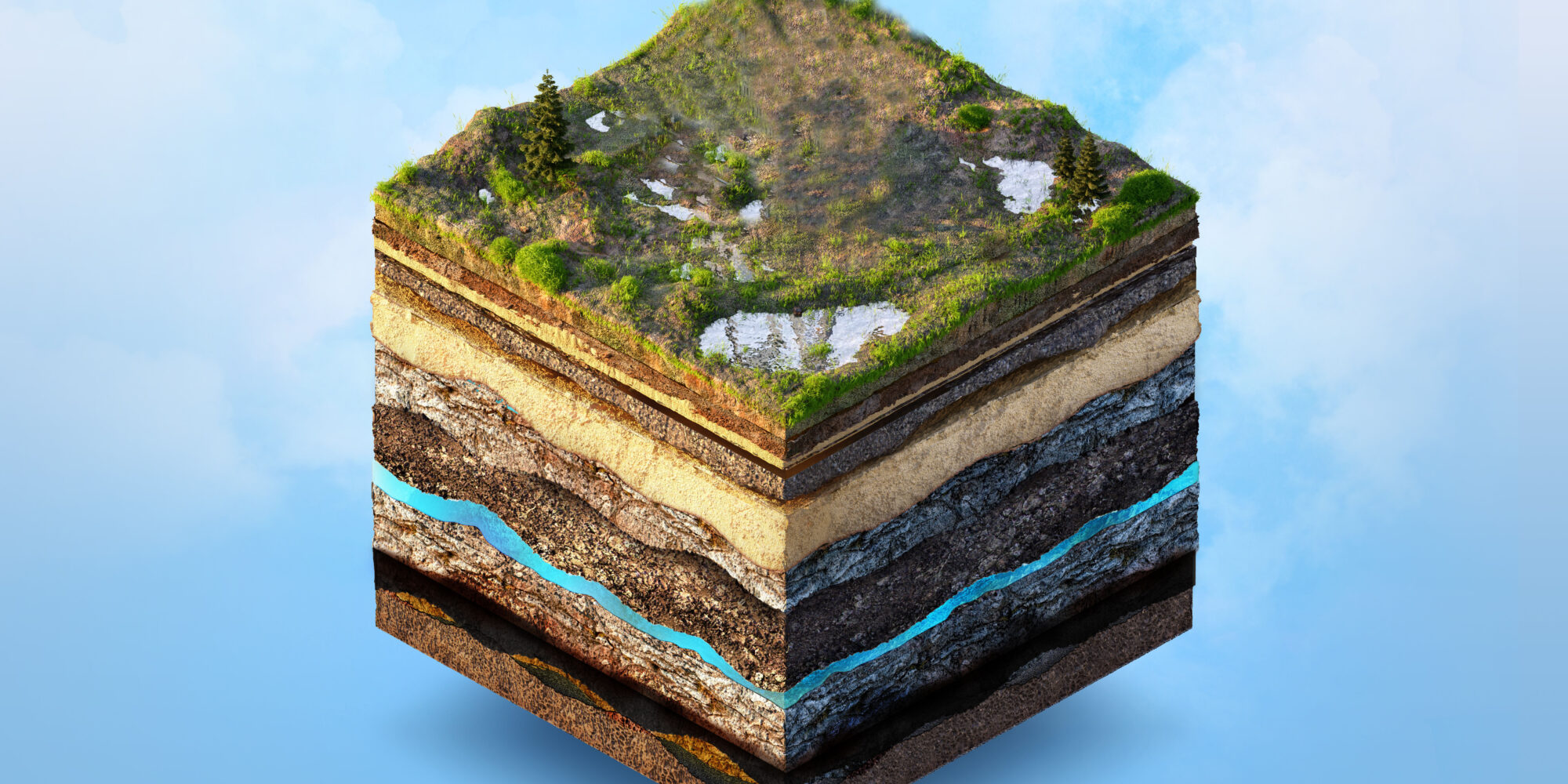Ingenious Uses of Geotheta in Modern Geotechnical Method
Ingenious Uses of Geotheta in Modern Geotechnical Method
Blog Article
Diving Into Geotechnical Providers: the Important Duty of Dirt Analysis, Earthquake Danger Evaluation, and Geosynthetics in Structure Sustainable and Safe Structures
Soil evaluation, quake danger assessment, and the execution of geosynthetics are crucial components that make certain the honesty and durability of buildings. By recognizing the structure of the soil, forecasting seismic dangers, and incorporating cutting-edge products, engineers can minimize dangers and enhance the strength of facilities.

Value of Dirt Analysis
Comprehending the relevance of soil analysis is vital in ensuring the structural integrity and stability of any kind of construction project. Soil evaluation supplies essential info about the soil make-up, strength, and possible risks that might affect the foundation of a framework. By carrying out extensive dirt analysis, engineers can determine the suitable foundation design, building and construction techniques, and essential precautions to mitigate any kind of potential dangers.
Among the key factors dirt evaluation is essential is its duty in recognizing dirt residential or commercial properties that might impact the stability of a building. Factors such as dirt bearing ability, negotiation attributes, and water material can substantially influence the structural efficiency of a building and construction project. Without appropriate soil analysis, the structure might be at risk of settling erratically, causing structural damage or perhaps collapse with time.
Additionally, soil analysis aids in examining the danger of natural calamities such as landslides, floodings, or quakes. By understanding the dirt's habits under different problems, engineers can apply appropriate measures to boost the durability of the framework and make sure the safety of owners. geotheta. In final thought, soil evaluation is a fundamental action in the construction procedure that ought to never ever be neglected
Assessing Quake Risks
Offered the vital role of soil evaluation in identifying architectural stability, it is imperative to likewise assess earthquake threats when planning and building structures and facilities. Quake risk evaluation entails assessing the possible seismic risks that a website may encounter based on its place and geological qualities. This procedure aids designers and designers recognize the level of threat posed by quakes and help in creating frameworks that can endure such occasions.
Evaluating earthquake threats commonly involves studying historical seismic task in the region, determining the site's distance to geological fault, and assessing the soil composition to anticipate exactly how the ground will certainly react to seismic waves. By conducting an extensive quake risk assessment, engineers can execute suitable mitigation procedures, such as integrating seismic-resistant design features into buildings, to enhance their resilience versus quakes.

Function of Geosynthetics
Geosynthetics play an essential function in improving the efficiency and longevity of civil engineering structures. One crucial internet facet of geosynthetics is their support capacity, where they can enhance the toughness of dirts, offering improved assistance for roadways, embankments, and maintaining wall surfaces.
They are likewise used in water drainage applications to facilitate the reliable flow of water, preventing saturation and disintegration of soil. In enhancement to their technical features, geosynthetics are valued for their sustainability, as they can minimize the need for all-natural sources and lower building and construction expenses.
Structure Lasting Frameworks
The application of eco conscious techniques in construction is pivotal for fostering the development of sustainable structures. Building lasting structures entails using products and design methods that reduce environmental effect, lower energy usage, and advertise long-term strength. Incorporating sustainable techniques such as using recycled materials, enhancing power performance, and carrying out environment-friendly structure accreditations like LEED can significantly improve the ecological efficiency of a structure.
One key element of structure lasting frameworks is the effective usage of resources. This includes developing structures that make the most of natural light, ventilation, and insulation to lower the dependence on artificial lighting, heating, and cooling systems. Furthermore, integrating renewable resource resources such Home Page as photovoltaic panels or wind generators can better lower the carbon impact of a structure while likewise possibly lowering long-lasting power expenses.
Moreover, sustainable structures frequently prioritize water conservation by incorporating features like rainwater harvesting systems, low-flow fixtures, and drought-resistant check my source landscaping. By adopting these environmentally friendly techniques, building and construction tasks can not only reduce their ecological influence however likewise add to creating healthier and extra resistant constructed settings for future generations.
Ensuring Safety And Security in Building
In the realm of lasting construction methods, a basic priority is guaranteeing the safety and security of all personnel involved in the building procedure. Safety and security in construction includes numerous facets, including the use of appropriate individual safety tools (PPE), adherence to safety protocols, routine training on danger acknowledgment and reduction, and the implementation of emergency reaction plans.

Conclusion
Finally, dirt analysis, earthquake danger analysis, and the use of geosynthetics play important duties in ensuring the sustainability and safety of structures. By recognizing the residential or commercial properties of soil, examining quake threats, and utilizing geosynthetics for reinforcement, engineers can develop frameworks that are both sturdy and resilient. It is critical for construction professionals to prioritize these geotechnical services to produce risk-free and sustainable buildings for the future.
Soil analysis, earthquake danger evaluation, and the application of geosynthetics are crucial elements that make sure the stability and durability of buildings. Dirt evaluation gives essential information about the dirt make-up, toughness, and possible dangers that may affect the foundation of a framework.One of the key factors dirt analysis is vital is its role in recognizing dirt buildings that can affect the security of a building.In verdict, dirt analysis, earthquake threat analysis, and the usage of geosynthetics play important duties in making certain the sustainability and security of frameworks. By recognizing the residential properties of dirt, assessing quake threats, and making use of geosynthetics for reinforcement, engineers can construct structures that are both durable and resilient.
Report this page